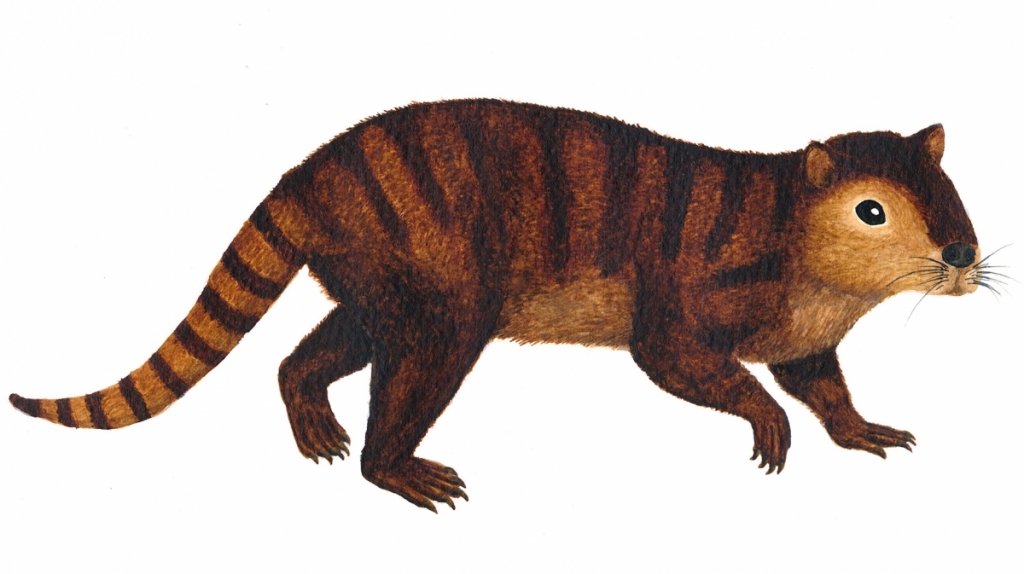-
Tips for becoming a good boxer - November 6, 2020
-
7 expert tips for making your hens night a memorable one - November 6, 2020
-
5 reasons to host your Christmas party on a cruise boat - November 6, 2020
-
What to do when you’re charged with a crime - November 6, 2020
-
Should you get one or multiple dogs? Here’s all you need to know - November 3, 2020
-
A Guide: How to Build Your Very Own Magic Mirror - February 14, 2019
-
Our Top Inspirational Baseball Stars - November 24, 2018
-
Five Tech Tools That Will Help You Turn Your Blog into a Business - November 24, 2018
-
How to Indulge on Vacation without Expanding Your Waist - November 9, 2018
-
5 Strategies for Businesses to Appeal to Today’s Increasingly Mobile-Crazed Customers - November 9, 2018
A Rodent-like Creature survives Dinosaur Extinction
Scientists from the University of Edinburgh, the New Mexico Museum of Natural History and Science and the University of Nebraska discovered the fossils of the buck-toothed (yes, beaver-like) and massive molared creatures.
Advertisement
The newly discovered mammal, Kimbetopsalis simmonsae, comes from fossil-rich beds of the Nacimiento Formation, New Mexico.
Williamson, who led research for the study, said the project gives insight into how a few animals survived the apocalypse that killed off dinosaurs.
The beaver-like animal has been named Kimbetopsalis simmonsae.
An global team of paleontologists has found a specimen of a previously unknown species of mammal from the early Paleocene, about 65 million years ago. It belongs to a group of rodentlike mammals called multituberculates, named for the numerous cusps, or tubercles, found on their teeth.
“We realised pretty quickly that this was a totally new type of mammal that no-one has seen before”, Brusatte, lead researcher on the study, told BBC News.
The researchers noted that they believe Kimbetopsalis could have suffered from competition with rodents, which emerged 57 million years ago.
It would have lived in wooded areas, according to the research paper published in the Zoological Journal of the Linnean Society, and would have survived on greenery.
“Finding this new mammal was a pleasant surprise”, Dr Williamson said.
The discovery of the Kimbetopsalis simmonsae has helped scientists update the family tree of these mammals, the researchers said in a statement. “Based on their [shape] and patterns of wear, we know that they functioned in grinding”. This subgroup got its start right before the dinosaur extinction event, and flourished afterward in Asia and North America, until about 57 million years ago.
Among the fossils recently found were Kimbetopsalis teeth and skull fragments.
Scientists say it is unclear why the animals – known as multituberculates – were superseded, but it may be because modern rodents were smarter, grew more quickly, or reproduced faster, giving them an edge in competing for resources. However, it left space for new species to bloom, and mammals began thriving in the post-apocalyptic planet.
Advertisement
“Mammals were clearly prospering in this fearless new world, getting their first taste of evolutionary success and laying the foundation for a whole new era in which they, not dinosaurs, reigned supreme”.




























